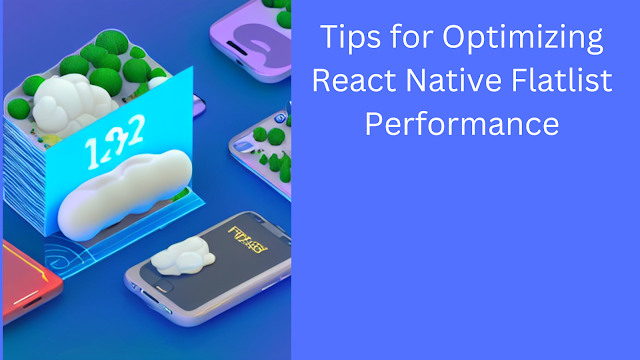Mastering the art of state management in React Native
Mastering the art of state management in React Native
Proper state management is essential for building efficient and scalable apps, as it ensures that your app’s data is always up-to-date and consistent. However, managing state can also be one of the most challenging aspects of working with React Native.
There are various ways to manage state in React Native, but the most popular and recommended approach is to use the setState() method, which allows you to update the state of a component and re-render it. Another popular approach is to use state management libraries like Redux or MobX, which provide a centralized store for your app’s data and actions.
One of the best practices for managing state in React Native is to keep your state as simple and minimal as possible. This means that you should only store the data that is necessary for the current view and avoid storing unnecessary data or duplicate data.
Another important best practice is to avoid mutating the state directly, as this can lead to unexpected behavior and bugs. Instead, you should use the setState() method to update the state and ensure that the component is re-rendered with the updated data.
In addition, it’s also important to be mindful of when to use state and when to use props. State should be used for data that is specific to a component and can change, whereas props should be used for data that is passed down from a parent component and should not change.
In summary, mastering the art of state management in React Native is crucial for building efficient and scalable apps. By following best practices and using the right tools, you can ensure that your app’s data is always up-to-date and consistent.




Comments
Post a Comment